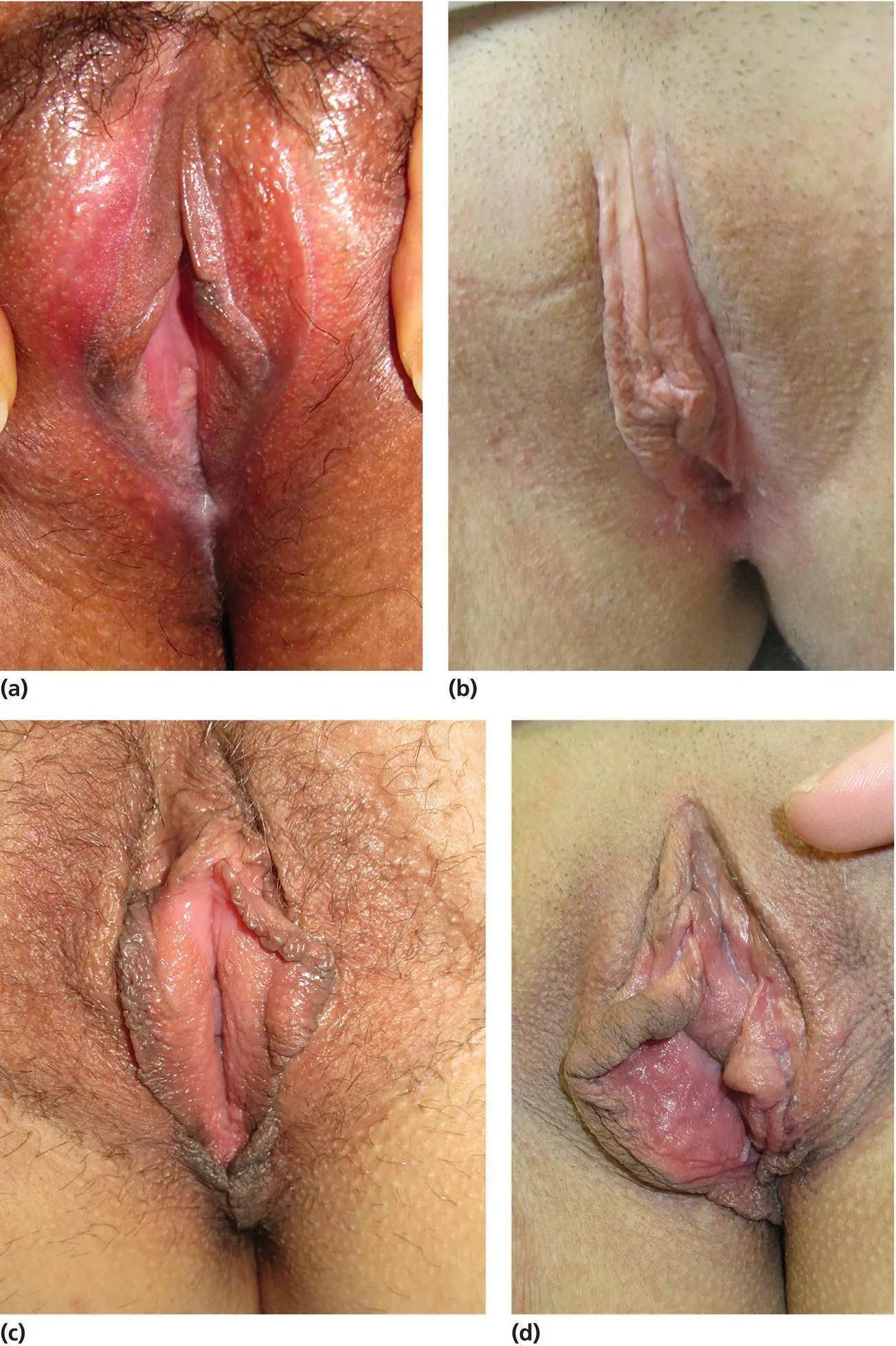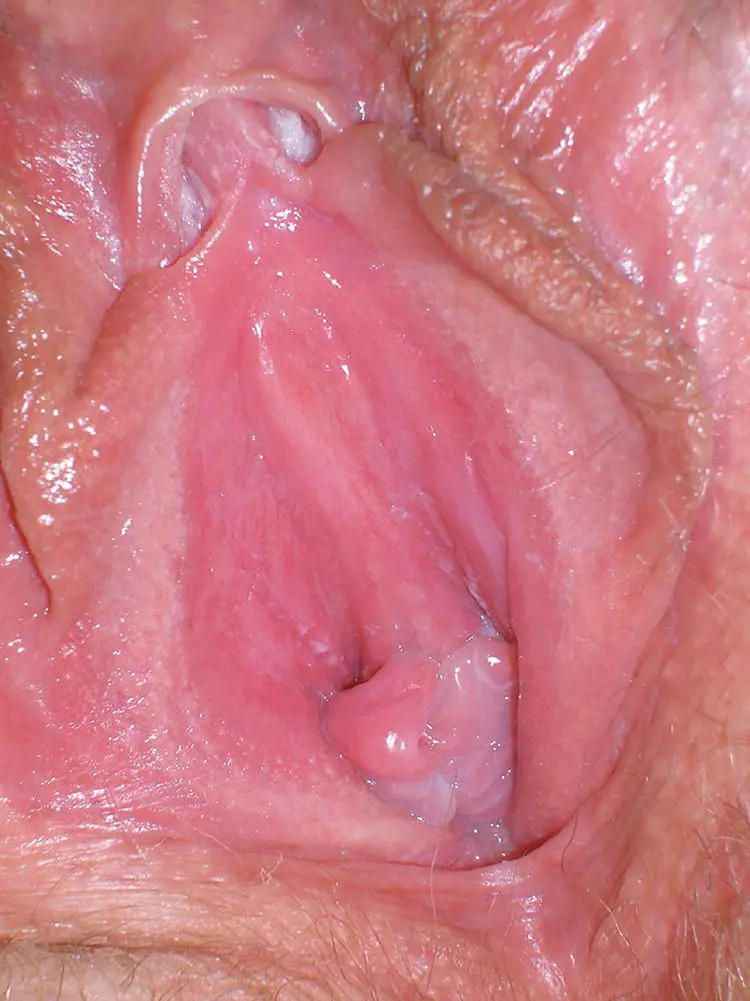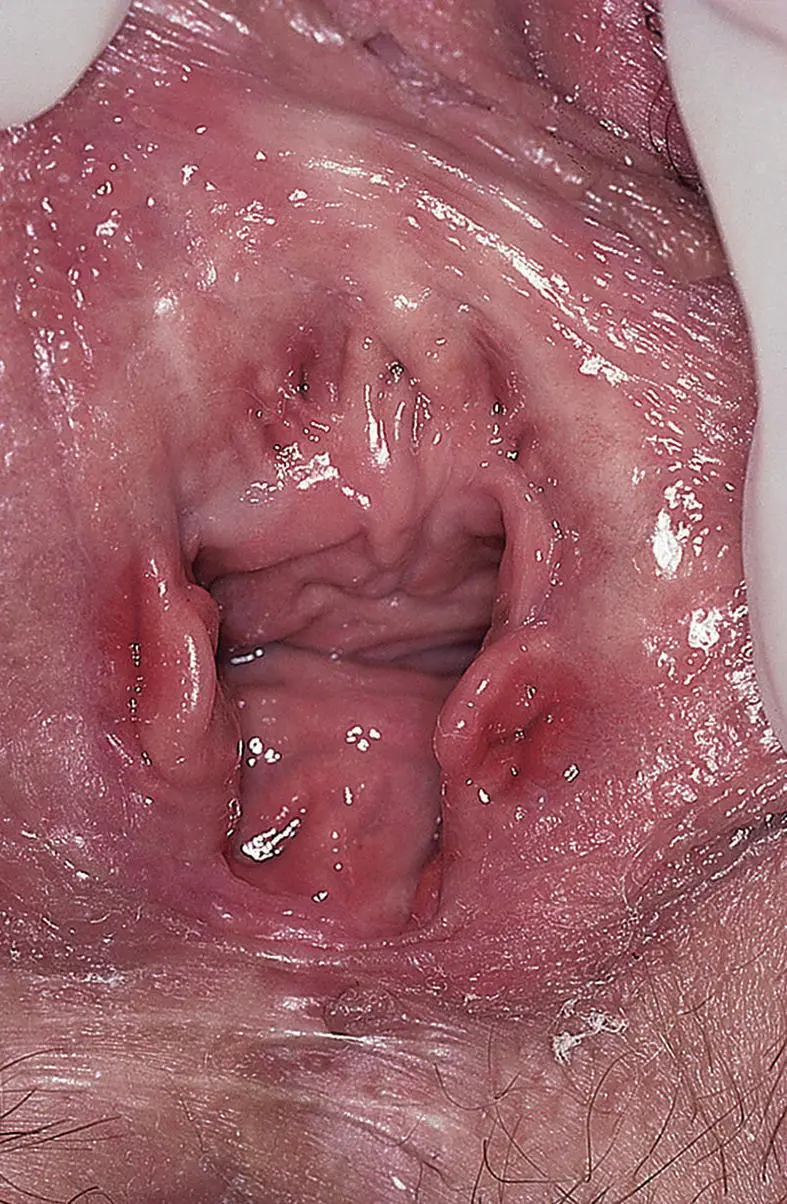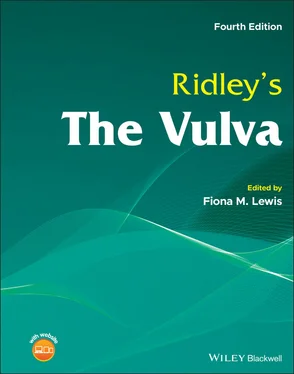Ridley's The Vulva
Здесь есть возможность читать онлайн «Ridley's The Vulva» — ознакомительный отрывок электронной книги совершенно бесплатно, а после прочтения отрывка купить полную версию. В некоторых случаях можно слушать аудио, скачать через торрент в формате fb2 и присутствует краткое содержание. Жанр: unrecognised, на английском языке. Описание произведения, (предисловие) а так же отзывы посетителей доступны на портале библиотеки ЛибКат.
- Название:Ridley's The Vulva
- Автор:
- Жанр:
- Год:неизвестен
- ISBN:нет данных
- Рейтинг книги:3 / 5. Голосов: 1
-
Избранное:Добавить в избранное
- Отзывы:
-
Ваша оценка:
- 60
- 1
- 2
- 3
- 4
- 5
Ridley's The Vulva: краткое содержание, описание и аннотация
Предлагаем к чтению аннотацию, описание, краткое содержание или предисловие (зависит от того, что написал сам автор книги «Ridley's The Vulva»). Если вы не нашли необходимую информацию о книге — напишите в комментариях, мы постараемся отыскать её.
Ridley’s The Vulva
Ridley’s The Vulva
Ridley's The Vulva — читать онлайн ознакомительный отрывок
Ниже представлен текст книги, разбитый по страницам. Система сохранения места последней прочитанной страницы, позволяет с удобством читать онлайн бесплатно книгу «Ridley's The Vulva», без необходимости каждый раз заново искать на чём Вы остановились. Поставьте закладку, и сможете в любой момент перейти на страницу, на которой закончили чтение.
Интервал:
Закладка:
Table 2.1 Normal measurements of vulval structures
| Mean (mm) | Range (mm) | |
|---|---|---|
| Clitoris | ||
| Width | 4.7 | 1–22 |
| Length | 10.0 | 5–35 |
| Clitoris to urethra | 25.0 | 3–65 |
| Labia majora | ||
| Length | 8.3 | 12–180 |
| Labia minora | ||
| Length | 50.0 | 5–100 |
| Width | 28.6 | 1–61 |
| Perineum | 25.7 | 3–55 |
| Urethra | ||
| Length | 40.0 | 19–45 |
Labia minora
The labia minora are two thin folds of keratinised skin that lie medial to the labia majora and lateral to the vestibule. They are separated from the labia majora by interlabial folds (sulci) in which the normal secretions from the adjacent skin surfaces may accumulate. Anteriorly, the labia minora divide into lateral and medial parts. The lateral parts join in a fold of skin over the glans to form the prepuce or hood of the clitoris, and the medial parts join under the clitoris to form its frenulum. Posteriorly, the labia minora fuse to form a transverse fold behind the vaginal opening, the fourchette.
There is great variation in the size and symmetry of the labia minora ( Figure 2.2a–d). In a study of 319 women, the length of the labia minora was associated with height and weight, and 23.8% of women had a 30% difference in the width of the labia minora on each side, confirming the asymmetry seen [7]. In 44 adolescents between the ages of 10 and 19, variation in length and width was again confirmed, with 43% showing asymmetry [ 10]. They can sometimes be bifid in their anterior insertion ( Figure 2.2d).
There is also wide variation in the texture of the labia minora. In a study of 50 women, the rims of the labia minora were smooth in 14, moderately rugose in 34, and markedly rugose in 2 [ 6]. Pigmentation of the rims is very common and was confirmed in 41 of the 50 patients.
Sebaceous glands (Fordyce spots)
The whole of the inner surface of the labia minora may be covered with small sebaceous papules. These are a normal finding on the vulva, and the term Fordyce spots, which is often used, is not accurate as this refers to ectopic sebaceous glands, as found on the buccal mucosa. On the vulva, they are not ectopic but a part of the normal anatomy. They are very prominent in some women but can be seen more clearly if the labia are stretched ( Figure 2.3).
The clitoris
The clitoris is a complex structure, and our understanding of the anatomy has been helped by the use of MRI studies [15,16].
The clitoris has a wishbone like structure with the arms being the crura extending forwards as the corpora cavernosa and meeting in the midline to form the body of the clitoris ( Figure 2.4). The tip of the body then bends anteriorly to form the glans clitoris, which is the only visible part, and is non‐erectile. The glans is covered by the clitoral hood, formed by the anterior fusion of the labia minora. The crura are attached to the pubic rami and covered by the ischiocavernosus muscle, and the clitoral body is attached to the pubic symphysis by a suspensory ligament. The clitoral bulbs lie between the crura and the urethra against the vaginal wall. They are covered by the bulbospongiosus muscles, which extend from the perineal body, around the vagina and urethra, to the glans clitoris. The whole of the clitoris is composed of similar erectile tissue with the exception of the glans [16].

Figure 2.2 Variation in appearance of normal labia minora. (a) Symmetrical labia minora with pigmentation on rim. (b) Labia minora protruding outside labia majora in a patient with lichen sclerosus. (c) Fimbriation and pigmentation on rims of labia minora. (d) Asymmetry of labia minora with bifid insertion on right side.
The average clitoral width in children was measured at 3.8 mm, and this did not alter with age although the other vulval components increased with age [9]. This is important to exclude clitoral hypertrophy. In an adult study, the clitoral width was reported to increase with parity [17], but this has not been confirmed in larger studies.
The vestibule
The vestibule extends from the clitoral frenulum to the fourchette and laterally from the hymenal ring to a variable position on the inner aspect of each labium minus. The vagina, urethra, ducts of Bartholin’s glands, and the minor vestibular glands all open into the vestibule. The area of the vestibule between the vaginal opening and the posterior union of the labia minora forms a shallow depression termed the vestibular fossa or fossa navicularis. Scars from obstetric tears can be seen on the anterior and posterior vestibule and sometimes pigment.

Figure 2.3 Fordyce spots: yellow papules on inner labium majus.

Figure 2.4 Anatomy of the clitoris.
Hart’s line
In some patients, there may be a very distinct line which represents the transition from the keratinised skin of the labium minus to the vestibular mucosa. This was first described by the Edinburgh gynaecologist David Berry Hart in his textbook of gynaecology in 1882 [18] and is termed ‘Hart’s line’. He wrote ‘a line running separates mucous membrane from skin – starting at the base of the inner aspect of the right labium minus, it passes down beside the base of the outer aspect of the hymen, up along the base of the inner aspect of the left labium minus, in beneath the prepuce of the clitoris and down to where it started from’. This is often very obvious, particularly in young women, and the normal mucosal surface medially is frequently mistaken for inflammation ( Figure 2.5).
Bartholin’s glands
Bartholin’s glands are situated deeply in the posterior labia majora. They lie just inferior and lateral to the bulbocavernosus muscle and are normally not palpable. The main duct of each Bartholin’s gland passes deep to the labium minus to open into the vestibule, and their openings are often seen at 5 and 7 o’clock. These can be very prominent in some patients with erythema around the glandular duct opening ( Figure 2.6).

Figure 2.5 Hart’s line, which demarcates the junction of the keratinised skin of the labia minora with the non‐keratinised mucosa of the vestibule.

Figure 2.6 Openings of Bartholin’s ducts.
Читать дальшеИнтервал:
Закладка:
Похожие книги на «Ridley's The Vulva»
Представляем Вашему вниманию похожие книги на «Ridley's The Vulva» списком для выбора. Мы отобрали схожую по названию и смыслу литературу в надежде предоставить читателям больше вариантов отыскать новые, интересные, ещё непрочитанные произведения.
Обсуждение, отзывы о книге «Ridley's The Vulva» и просто собственные мнения читателей. Оставьте ваши комментарии, напишите, что Вы думаете о произведении, его смысле или главных героях. Укажите что конкретно понравилось, а что нет, и почему Вы так считаете.












